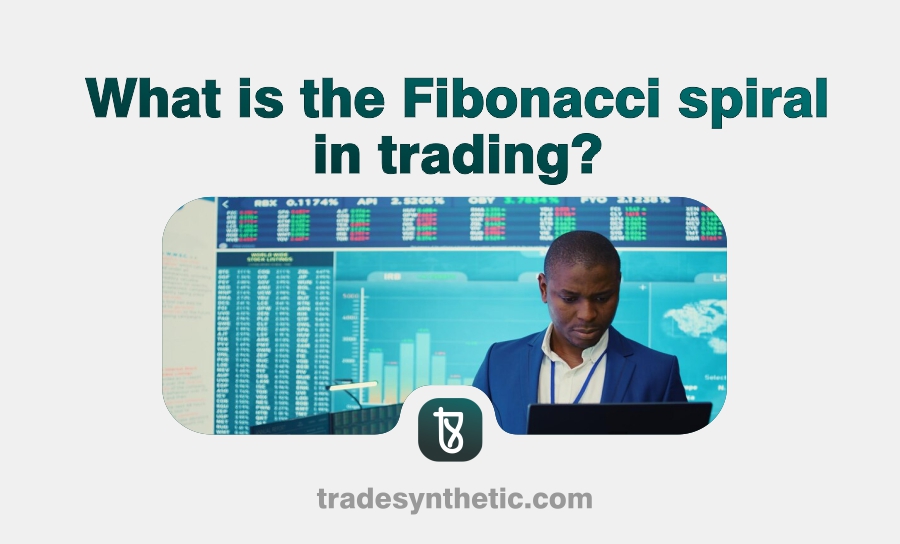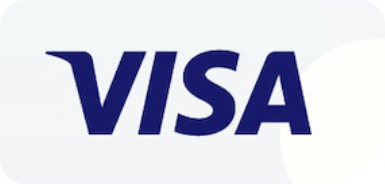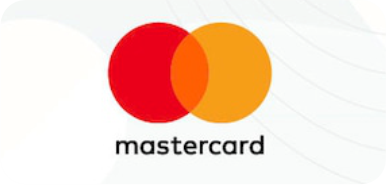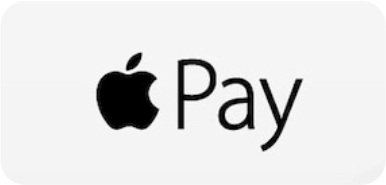Ever heard of the Fibonacci spiral in trading? It sounds complicated, but it is really just a cool way to use math to get clues about where prices might go in the market. This article will break it down for you, explaining what it is, how it is made, and how you can use it in your trading.
We will also talk about “Fibonacci spiral,” “Fibonacci trading,” “Fibonacci retracement,” “Fibonacci sequence trading,” as well as “spiral in trading”.
What is Fibonacci Sequence?
Before we talk about Fibonacci spirals, we need to talk about the Fibonacci sequence. It is a special list of numbers: 0, 1, 1, 2, 3, 5, 8, 13, 21, and so on. You get each number by adding the two before it. So, 0 + 1 = 1, 1 + 1 = 2, 1 + 2 = 3, and so on. You can also see this pattern in nature, like in the way leaves grow on a stem or the petals on a flower.
What is really neat is that this sequence has a connection to something called the Golden Ratio (about 1.618). If you divide a number in the Fibonacci sequence by the one before it, you get closer and closer to this Golden Ratio as the numbers get bigger. For example, 8 divided by 5 is 1.6, 13 divided by 8 is 1.625, and so on. This link is how the Fibonacci spiral and trading are connected.
Making the Fibonacci Spiral
The Fibonacci spiral is a picture that shows the Fibonacci sequence. Here’s how you make it:
- Start small: Draw two small squares next to each other. Make each side of the square have a length of 1.
- Build bigger: Draw a new square above these two. Make its sides as long as the sides of the two squares you already have put together (1 + 1 = 2).
- Keep going: Add more squares, each one bigger than the last. The sides of each new square should be the sum of the sides of the two squares before it. So, you’d make squares with sides of 3, 5, 8, 13, and so on.
- Draw curves: Inside each square, draw a curved line that connects two opposite corners. Do this for all the squares. When you put all the curved lines together, they make the Fibonacci spiral. It’s a spiral that keeps getting bigger but always looks the same.
Some traders think this spiral shows how prices move in the market.
What is the Golden Ratio?
The Golden Ratio (about 1.618) is super important for the Fibonacci spiral. It’s the number you get when you divide one Fibonacci number by the one before it (as the numbers get really big). Lots of people think this ratio looks good and balanced, and you see it in art, buildings, and even, some believe, the stock market.
In trading, people use the Golden Ratio and other numbers related to it (like 0.382, 0.5, and 0.618) to guess where prices might find support or resistance. These are places where the price might stop going up or down and change direction.
How to Use the Fibonacci Spiral in Your Trading
You don’t actually draw the spiral on your price charts. But the ideas behind it are used in some tools that traders use.
- Fibonacci Retracements: These are lines that traders draw on charts to find possible support levels when prices are going down, or resistance levels when prices are going up. The lines are based on the Fibonacci numbers and the Golden Ratio. The idea is that after a price makes a big move, it might pull back a bit before continuing in the same direction.
- Fibonacci Extensions: These are similar to retracements, but they help traders guess how far a price might go beyond where it is now.
- Fibonacci Arcs: These are curved lines that traders draw to find possible support and resistance areas.
- Fibonacci Time Zones: These are vertical lines on a chart that are spaced according to Fibonacci numbers. Some traders think that big price changes might happen around these lines.
It’s important to know that these tools aren’t perfect. They’re just one way to look at the market. You should use them with other tools and strategies to get a better idea of what might happen.
Market Psychology and the Fibonacci Spiral
Some people think the Fibonacci spiral works in trading because the market is driven by how people feel. They believe that when lots of people are scared or greedy, they make patterns in the market that look like things in nature, including the Fibonacci spiral.
But remember that the market is also affected by other stuff, like news and the economy. Fibonacci tools can be useful, but they’re not the only thing you should look at. It’s always a good idea to combine them with other types of analysis and manage your risk carefully.
Conclusion
In summary, the Fibonacci spiral is connected to the Fibonacci sequence and the Golden Ratio. While you don’t draw the spiral itself on charts, the ideas behind it are used in trading tools like retracements, extensions, arcs, and time zones. These tools can help you find possible support and resistance levels.
But no tool is a magic trick. Use Fibonacci tools as part of your overall trading plan, along with other indicators and good risk management. Understanding the ideas behind them can help you make better trading decisions.
Frequently Asked Questions
Is the Fibonacci spiral a sure thing?
- No, Fibonacci tools are helpful but not guaranteed. Use them with other tools.
How do I draw a Fibonacci spiral on a chart?
- You don’t draw the spiral itself. You use Fibonacci tools like retracements, which are built into most trading software.
What are the most common Fibonacci retracement levels?
- 23.6%, 38.2%, 50%, 61.8%, and 78.6%.
Can Fibonacci tools predict the future?
- No tool can predict the future. They show possibilities, not certainties.
Where can I learn more about Fibonacci trading?
- Look online, in books, or in courses. Make sure the source is trustworthy. Practice on a demo account before using real money.










